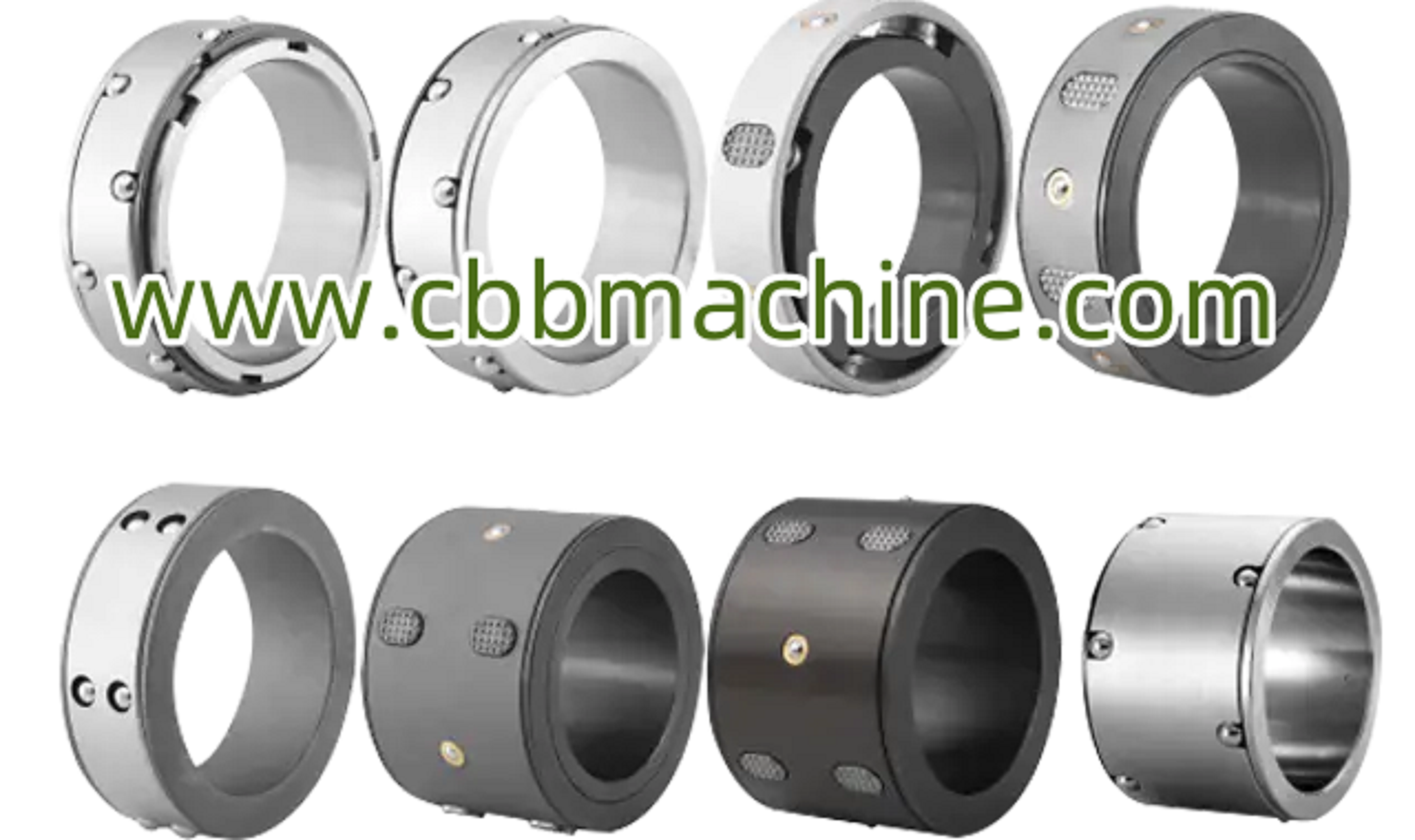Differential Air Shaft systems are essential components in modern winding and unwinding processes across numerous industrial applications. They play a critical role in ensuring tension control, alignment, and adaptability during the handling of materials such as paper, film, foil, textiles, and more. As production speeds and product diversity increase, industries continue to rely on these shafts for their flexibility, accuracy, and reliability in maintaining product integrity.
A differential air shaft is designed to manage multiple rolls of material simultaneously, allowing each roll to rotate at a different speed while maintaining consistent tension. This is particularly important in slitters and rewinders, where maintaining equal tension across all rolls helps avoid wrinkles, telescoping, or loose winding. Unlike conventional shafts, differential air shafts adjust automatically, reducing the need for manual corrections and improving the quality of the final product.
At the core of a differential air shaft is a set of friction elements—usually ball, roller, or leaf-type mechanisms—that engage with each core individually. These elements apply controlled friction to regulate the torque delivered to each roll. When paired with a pneumatic air system, the shaft distributes pressure evenly, compensating for variations in core diameters or material thicknesses. This ensures smooth operation and precise control even in high-speed production environments.
One of the most valued benefits of using a differential air shaft is its contribution to reducing material waste. Because the shaft adjusts automatically to differences in roll behavior, it minimizes uneven winding and potential defects. This efficiency not only improves material utilization but also reduces downtime caused by roll misalignment or tension imbalance.
Industries that frequently switch between materials or product types benefit from the shaft's versatility. Whether processing thin films or thick paperboard, a differential air shaft can be configured to suit different tension requirements. Some models even feature interchangeable cores or expandable elements, allowing operators to switch sizes without significant setup changes.
In terms of durability and maintenance, most differential air shafts are constructed with high-strength steel or aluminum and coated to resist corrosion and wear. Internal components are engineered for long service life, though periodic maintenance and cleaning are necessary to ensure optimal performance. Air pressure levels must also be monitored to maintain accurate friction control across all roll positions.
Another important factor in differential air shaft selection is the type of core used in the production process. Shafts are typically compatible with 3-inch or 6-inch cores, though custom sizes are available. Operators must consider the type and condition of the core material, as wear or deformation can impact grip and alignment during high-speed operations.
From a safety and ease-of-use perspective, modern differential air shafts are designed with user-friendly controls and quick-lock mechanisms. Operators can load and unload cores without tools, and inflation valves are easily accessible for air pressure adjustments. Many systems now incorporate digital monitoring features for better feedback on shaft performance, which aids in predictive maintenance and troubleshooting.
As the demand for precision and speed in material processing grows, differential air shafts continue to evolve. New innovations include improved sealing systems to reduce air loss, lightweight designs to decrease machine load, and advanced materials that enhance shaft responsiveness. These advancements help meet the increasing expectations of manufacturing industries striving for higher productivity and reduced downtime.
When integrating a differential air shaft into an existing line, careful consideration must be given to shaft length, torque capacity, air pressure requirements, and compatibility with the existing winding or slitting machinery. Consulting with engineering teams during the selection and installation process ensures that the shaft will deliver the intended performance benefits.
To summarize, differential air shafts offer significant advantages in applications requiring high-speed, high-precision winding. By ensuring independent rotation of multiple rolls while maintaining uniform tension, they improve product quality, reduce waste, and increase operational efficiency. Whether used in packaging, printing, or film processing, these shafts have become a standard solution for achieving better control and consistent output.
For more product details and custom options, please visit: www.cbbmachine.com

